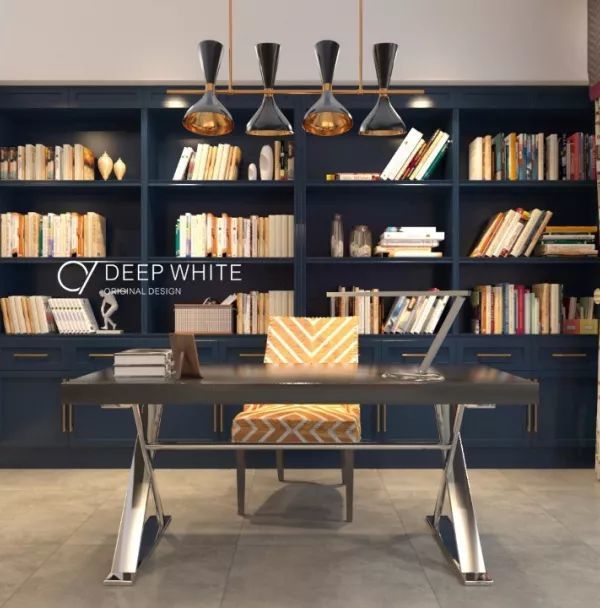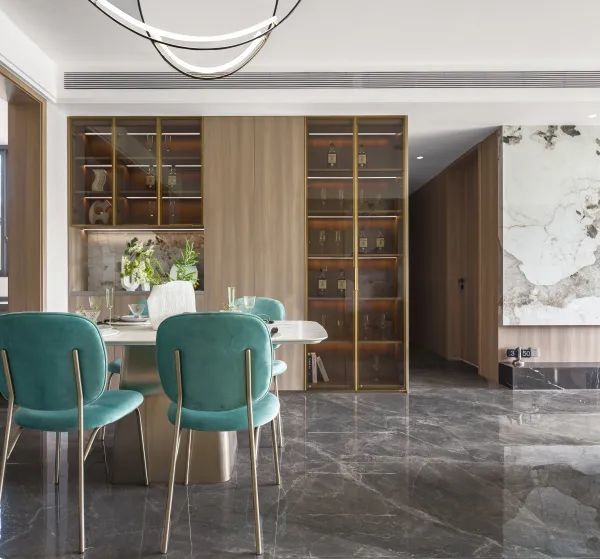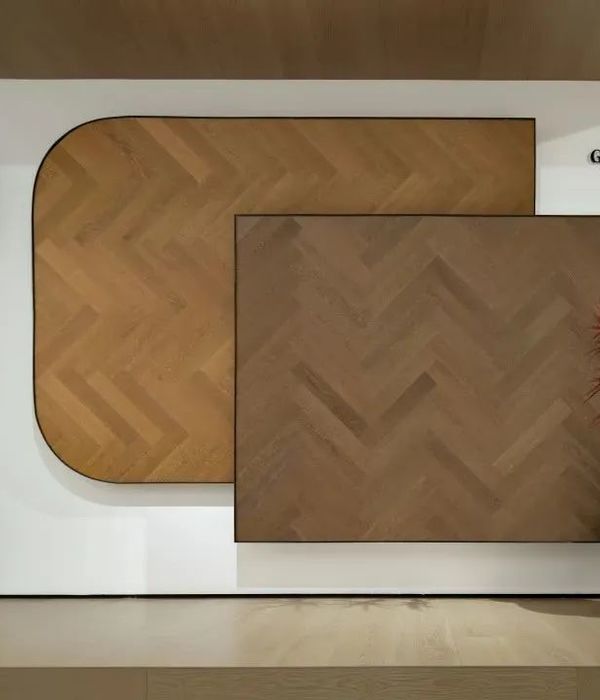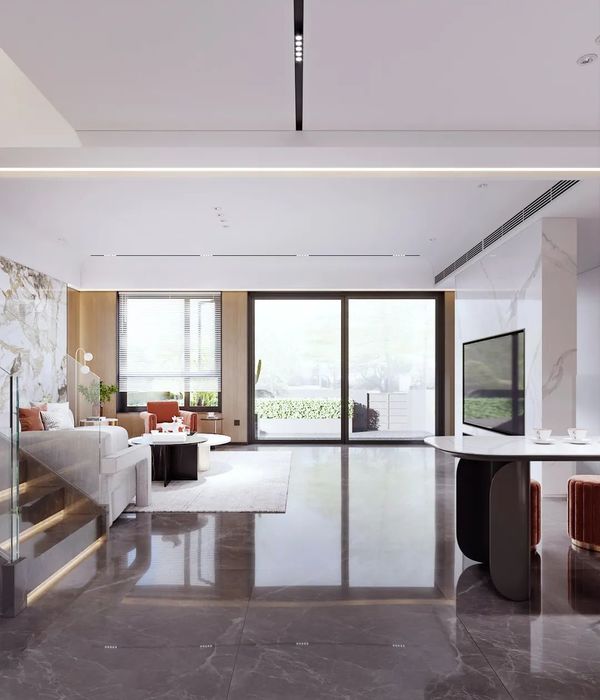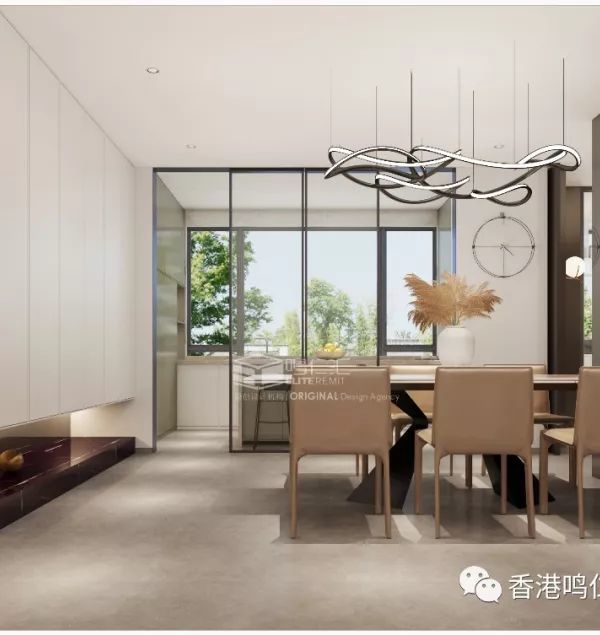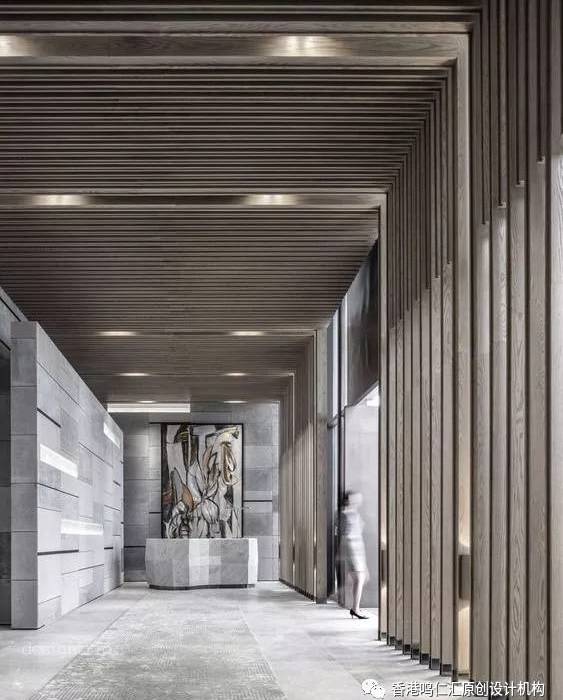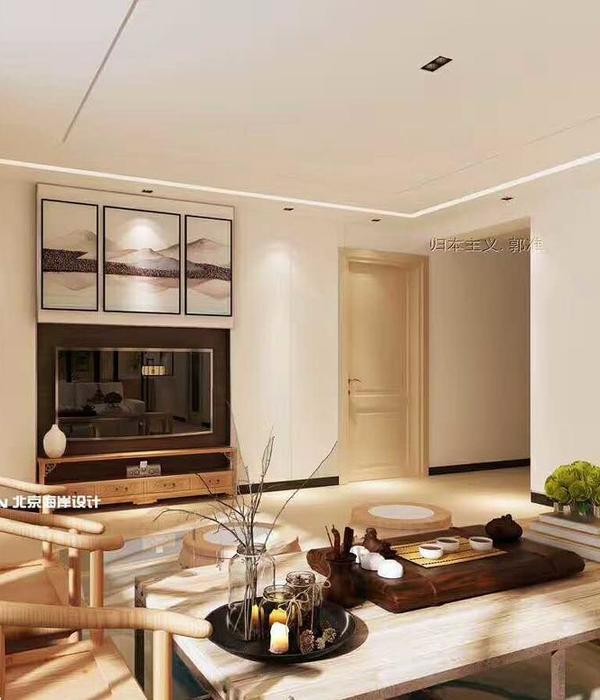“Al ‘Ula makes us understand we are not strangers, we are part of a whole that goes way beyond our scale, way beyond our lifetime and a few centuries more. We truly belong to the highest stars and to the deepest rocks, all linked in a perfectly harmonious continuity for billions of years… we are just here, along the way.”
Al ‘Ula House in Medina, Saudi Arabia is a collaborative residential concept, designed in unison by Paris-based architect Nicolas Dorval-Bory and French artist Caroline Corbasson. The pair approached the project as “a conceptual totality that blends and blurs the limit between art and architecture, from the conceptual ideas to the technical or structural solutions”.
The project uses the natural resources that surround it, the material palette inspired by the continuity between “zenith and nadir, sky and ground, atmosphere and minerals”. Therefore, the structure seamlessly blends into the surrounding environment, its faded pink form perfectly matching the colours embedded within the rockface behind it.
Living spaces are sandwiched between two thick slabs seemingly held up by a thin column and the jagged face of a bolder. The rough imperfect rock surface is carried inside as the building features local materials including rocks, local aggregate concrete, and rammed earth.
The structure is described by its designers as “a precise articulation, a small parenthesis to accommodate human life, for a short time, in this hostile climate, as efficiently as possible”. They go on to explain, “it is not a house set in a landscape, rather a landscape that is made inhabitable”. A waffle slab structure is used allowing organically placed rocks to be transformed into structural columns. Between these two slabs, there is a complete and utter blurring of interior and exterior space, as the conditions of the landscape begin to bleed inward.
[Images courtesy of Nicolas Dorval-Bory. Visualisation by Caroline Corbasson.]
{{item.text_origin}}


